Majorica is a well-known brand that produces high-end pearl jewelry. Their pearls are beautiful and look very natural, that it’s easy to forget they’re not real. In fact, one of the questions we frequently get asked is, are Majorica pearls real?
The short answer is no. These are artificial pearls created using an innovative and closely guarded process.
But the long answer is that, while this is a man-made type of pearl, there’s a touch of pearliness to it that comes from nature.
Let me explain.
The Majorica Pearl Process
Majorica pearls are made using solid glass spheres and a pigment known as hemage. Here’s how it goes:
1- At its core, the Majorica pearl contains a solid-glass nucleus. Crafting the nucleus requires great skill, precision and expertise. This is what gives Majorica pearls their natural-like weight and smooth feel.
2- The glass nucleus is then dipped into hemage, which is a specially formulated gluey paste that coats the outer layer of the glass sphere. The paste is made of oil and the powder of either mother-of-pearl of fish scales. It’s this that gives the pearl their iridescent luster that looks so like genuine pearls. The recipe for this ‘pearl essence’ is a closely guarded secret.
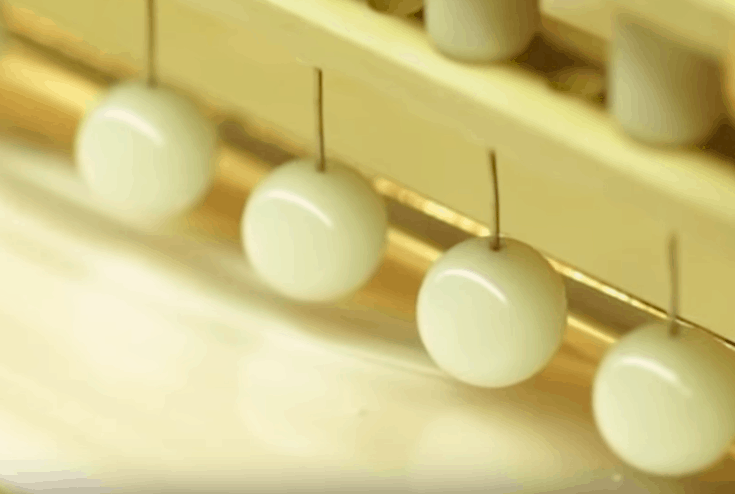
Solid glass balls about to be dipped.
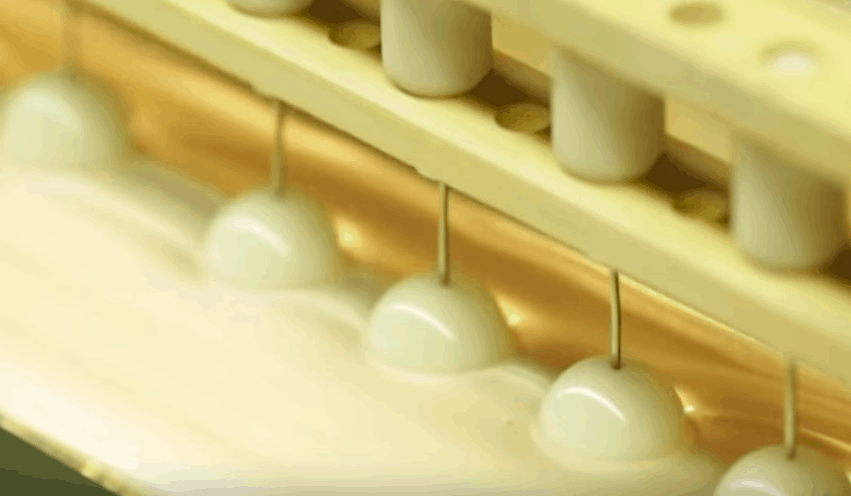
Glass balls in the pearly liquid, or hemage.
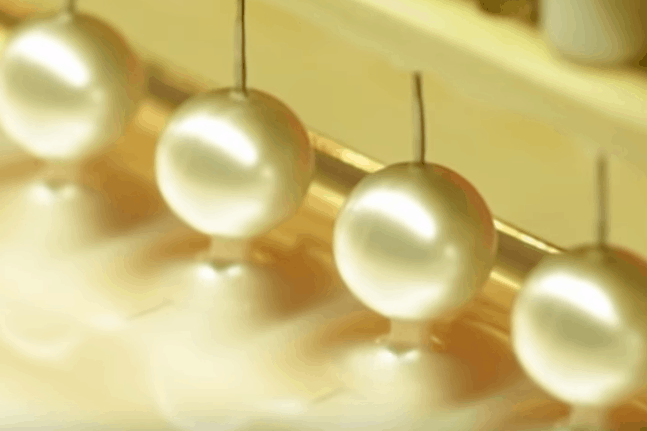
Glass balls after the pearly liquid bathe.
3- The pearls are then polished by hand and buffed, to remove any irregularities or imperfections and to bring out the pearl’s illumination. Not every pearl makes it through the process and only the perfect ones are selected for the next step.
4- This process is repeated up to 30 times or more, until the surfaces of the glass balls begin to look like real pearls, in terms of color, texture and density. The build-up of the finish gives the balls their outstanding look.
5- The pearls are tested to ensure that they withstand damage from exposure and have good durability for wear. They’re guaranteed against flaking, peeling or chipping.
6- The pearls are then set into jewelry.
Types of Majorica Pearl Jewelry
Majorica pearls today come in a range of colors such as white, gold, rose and gray as well as various sizes. In keeping with the fashions, the company also produces baroque pearls now, with pearls of irregular shapes which look very real.
The company typically uses silver and vermeil for their metals. Their designs are fashion-forward and stylish. You will find the typical pearl strand necklace or double layer choker among their collections, but you’ll also come across some unique, modern designs incorporating their pearls.
Majorica Pearls vs. Real Pearls
So how are Majorica pearls different from pearls grown in oysters and mussels?
The most obvious difference is that Majorica pearls are manufactured in factories using a scientific formula. It only takes a few weeks for Majorica pearls to go from conception to end product set in jewelry. And while they are beautiful and an excellent alternative to real pearls, Majorica pearls, like all artificial pearls, are ‘too perfect’, with each pearl looking exactly like the other.
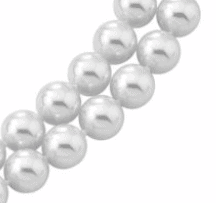
White Majorica pearls
Real pearls, on the other hand, take several months if not years to form in either freshwater mussels or saltwater oysters. The process is laborious and time-consuming, requiring large farms and millions of mollusks. Of the yield, very few will be of excellent, gem-like quality and are much more valuable than artificial pearls.
What Exactly is Majorica?
Majorica is the name of the company that creates these high-end synthetic pearls. The company was established in the Spanish Mediterranean island, Majorca, in 1890 and has been making their mark in fashion jewelry for well over a 100 years. They’re among the only man-made pearls that look real, unlike other glass or plastic ‘pearls’.
The company is still popular today among high-end jewelry lovers and is well-known in the jewelry industry. Their jewelry is high end and pricey for simulated pearls. There are Majorica pearl imitators selling low-quality pearls under brand names similar in sound to Majorica, but these don’t have the same quality so be aware of this if buying.
Telling Majorica Pearls from Real Pearls
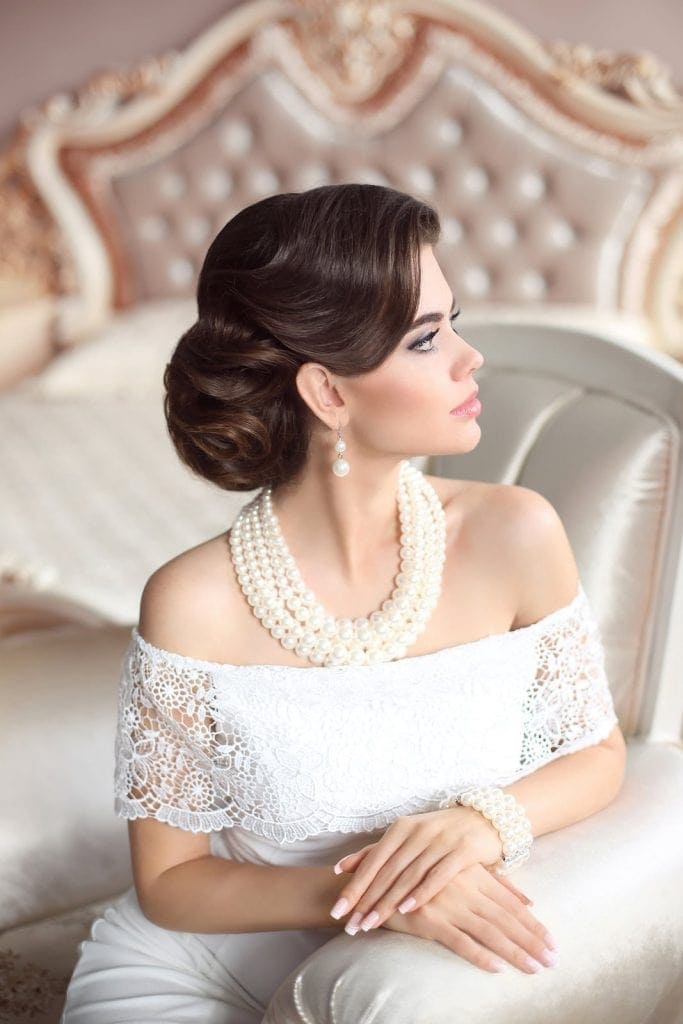
There are a few ways to tell Majorica pearls apart from real pearls:
- When you hold a Majorica pearl in your hand, what’ll strike you is its perfection. Real pearls always have ridges and bumps, which will be present under a microscope if not to the naked eye. Look for imperfections and little irregularities which are common among genuine pearls.
- The famous tooth test, where you rub the pearl against your teeth, is a good way to tell a real pearl. If it feels grainy and scratchy, it’s probably a real pearl, whereas Majorica pearls would feel glassier.
- The overall appearance of Majorica pearls tends to have a more artificial color and metallic shine than real pearls, which have a softer iridescence that comes from the interaction of light with the layers of nacre. At first glance, they may look the same, but a closer look will reveal that they’re not real pearls.
Should I Buy Majorica Pearls?
Considering that Majorica pearls are quite pricey, you could find genuine pearls at about the same cost of Majorica pearls. However, as with all types of jewelry, you’re not just paying for the pearls but for the brand name and the jewelry design too.
If you’re after fashionable, prestigious jewelry, then Majorica pearls might be right up your alley. If, however, you’re after the real deal, we think it’s best to shell out a bit more money (if necessary) and opt for genuine pearls. Here’s a white pearl necklace strand from Majorica compared with a freshwater pearl necklace from Pure Pearls featuring 14k yellow gold. The price is almost the same but with the second option, you get real pearls paired with real gold. I know which one I’d go for. What about you?


